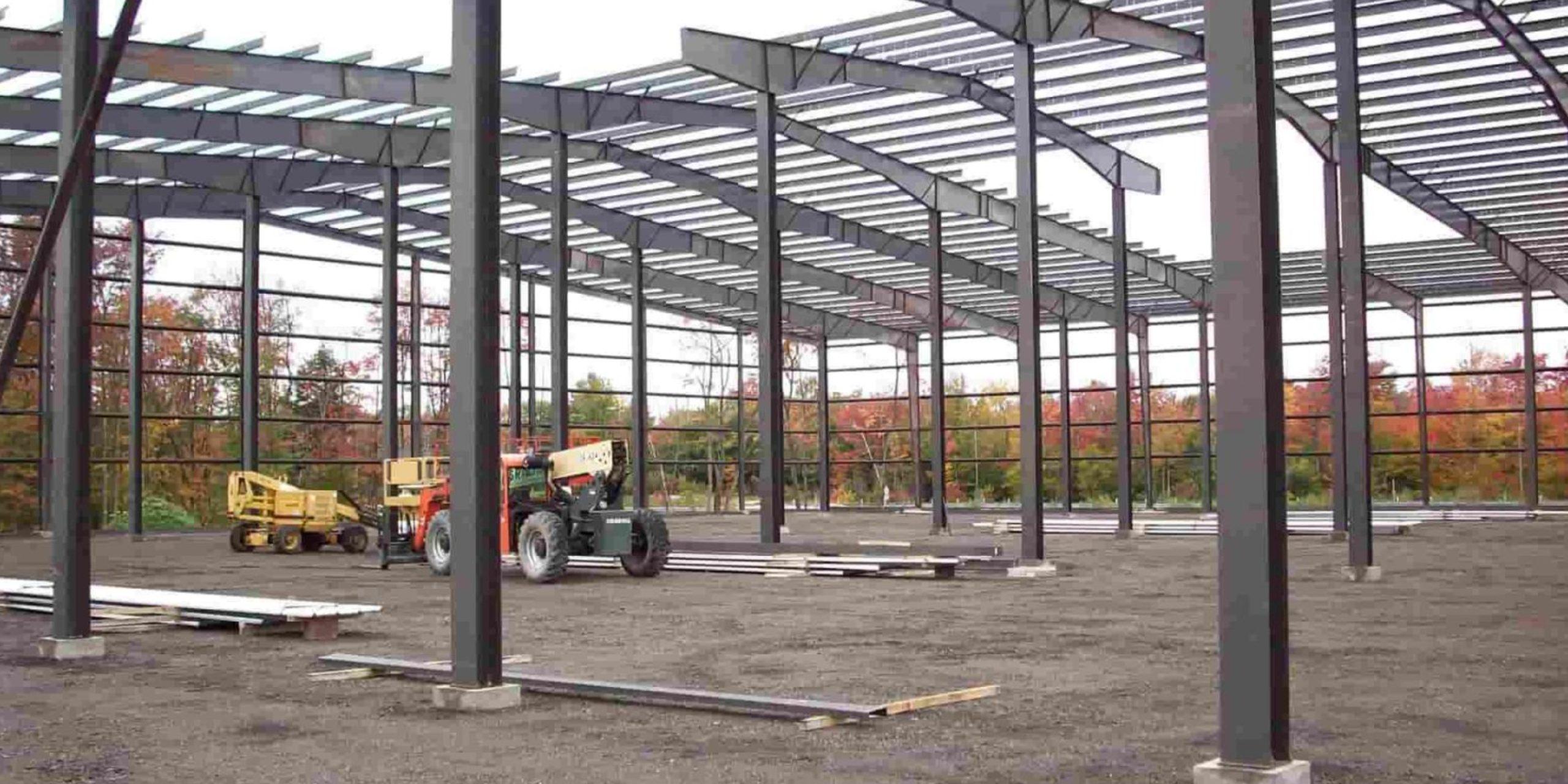When it comes to metal buildings, one of the key concerns for owners and operators is managing energy costs. Whether it’s a warehouse, workshop, or storage facility, metal buildings are known for their durability and low maintenance. However, they are also susceptible to temperature fluctuations, making it challenging to maintain a comfortable indoor environment. The good news is that insulation can help lower energy bills in your metal building. This blog will explore how insulation works, the benefits it provides, and the best types of insulation for metal buildings.
Understanding the Role of Insulation in Metal Buildings
Insulation acts as a barrier that prevents heat from escaping during the winter and keeps cool air from escaping in the summer. For metal buildings, which are notorious for their poor thermal performance due to their conductive properties, proper insulation is crucial. Metal building insulation reduces the transfer of heat, ensuring that the interior environment remains consistent regardless of external weather conditions. This consistency leads to significant savings on heating and cooling costs.

How Insulation Lowers Energy Bills
Insulating a metal building has a direct impact on energy efficiency. Here’s how insulation helps in reducing energy bills:
- Temperature Regulation: Insulation minimizes the amount of heat that escapes in winter and prevents excessive heat gain during summer. By maintaining a stable indoor temperature, less energy is required for heating and cooling systems to operate. This means your HVAC units will consume less electricity, resulting in lower energy bills.
- Reduced HVAC Load: When a building is well-insulated, the heating, ventilation, and air conditioning (HVAC) systems do not have to work as hard to maintain the desired temperature. This reduced load on HVAC equipment leads to lower energy consumption, fewer repairs, and a longer lifespan for these systems.
- Minimized Air Leaks: Insulation also helps in sealing gaps and cracks where air might escape. These air leaks can cause HVAC systems to overwork, thereby increasing energy bills. By properly insulating walls, ceilings, and even floors, you create an airtight building that retains conditioned air more efficiently.
- Prevention of Moisture Build-Up: Metal buildings are prone to condensation and moisture issues, which can affect insulation performance and lead to increased energy consumption. Proper insulation helps manage moisture, preventing it from compromising the insulation’s effectiveness and further reducing energy costs.
Types of Insulation for Metal Buildings
Choosing the right type of insulation for your metal building is crucial for maximizing energy savings. Here are some of the most effective types of metal building insulation:
- Spray Foam Insulation: This type of insulation expands upon application, filling gaps and creating an airtight seal. Spray foam insulation is highly effective in preventing air leaks and providing excellent thermal resistance. It also acts as a barrier to moisture, reducing the risk of condensation and mold growth.
- Fiberglass Insulation: Fiberglass is one of the most common insulation materials used in metal buildings. It is cost-effective and provides a good R-value (thermal resistance). Fiberglass batts or rolls can be easily installed between the studs of a metal building, offering significant energy savings.
- Rigid Board Insulation: This insulation is available in panels that can be installed on the exterior or interior of the metal building. It provides high thermal resistance and is ideal for walls and roofs. Rigid boards are resistant to moisture and provide additional structural strength to the building.
- Reflective Insulation: This type of insulation uses reflective surfaces to reduce radiant heat transfer. It is highly effective for metal roofs, where it reflects heat away from the building. Reflective insulation is often used in combination with other types of insulation for optimal energy efficiency.
Benefits Beyond Energy Savings
While the primary benefit of insulating a metal building is lower energy bills, there are several other advantages:
- Improved Comfort: Insulation not only keeps the indoor environment at a comfortable temperature but also reduces noise from outside. This is especially important for metal buildings located in noisy areas or those used for work purposes where a quiet environment is needed.
- Enhanced Durability: Insulation helps to protect the metal building from thermal expansion and contraction, which can lead to structural issues over time. By maintaining a more consistent temperature, the metal structure is less likely to experience stress, prolonging its lifespan.
- Moisture Control: As mentioned earlier, metal buildings are susceptible to condensation. Insulation helps control moisture levels, preventing damage to the building and its contents, and reducing the likelihood of mold and mildew.
- Environmental Impact: By reducing the amount of energy needed for heating and cooling, insulation also helps lower the carbon footprint of the building. This is an essential factor for businesses and individuals looking to meet sustainability goals.
Considerations When Choosing Insulation
When selecting the right insulation for a metal building, consider the following factors:
- Climate Zone: The climate of the location where the metal building is situated plays a significant role in choosing the appropriate insulation. Colder climates require insulation with a higher R-value, while warmer regions may benefit more from reflective insulation.
- Building Usage: The purpose of the metal building will also determine the type of insulation needed. For instance, storage facilities may require less insulation than a workshop or office space where occupants spend a lot of time.
- Budget Constraints: Cost is always a factor when considering insulation options. While spray foam insulation may offer the best energy efficiency, it is also more expensive than fiberglass. It is crucial to balance cost with energy savings and other benefits.
- Professional Installation: For the best results, it is advisable to have insulation installed by professionals. Companies specializing in industrial services, such as universal plant services, often provide insulation solutions tailored to specific building types and usage needs.

Steps to Insulate Your Metal Building
To achieve the maximum energy savings and benefits from insulation, consider the following steps:
- Conduct an Energy Audit: Before installing insulation, perform an energy audit to identify areas where energy is being lost. This audit will help you understand where insulation is most needed.
- Select the Right Insulation Type: Based on the building’s location, usage, and budget, choose the insulation type that best suits your needs.
- Seal Air Leaks: Ensure that any gaps or cracks are sealed before installing insulation. This step prevents air leaks and enhances the insulation’s effectiveness.
- Install Insulation Properly: Proper installation is crucial for insulation performance. If you’re unsure about the process, hiring professionals can ensure the job is done correctly.
- Regular Maintenance: Periodic checks and maintenance are necessary to ensure the insulation remains effective over time. Look for signs of wear, moisture damage, or areas where insulation may have shifted.
Conclusion
Investing in metal building insulation is a smart move for anyone looking to lower energy bills and improve the overall comfort and durability of their structure. By choosing the right type of insulation and ensuring proper installation, you can create a more energy-efficient environment that benefits both your wallet and the planet. Whether it’s for residential, commercial, or industrial use, the advantages of insulating your metal building far outweigh the initial costs. Consider working with professionals who specialize in services like universal plant services to ensure you get the best results for your insulation needs.




